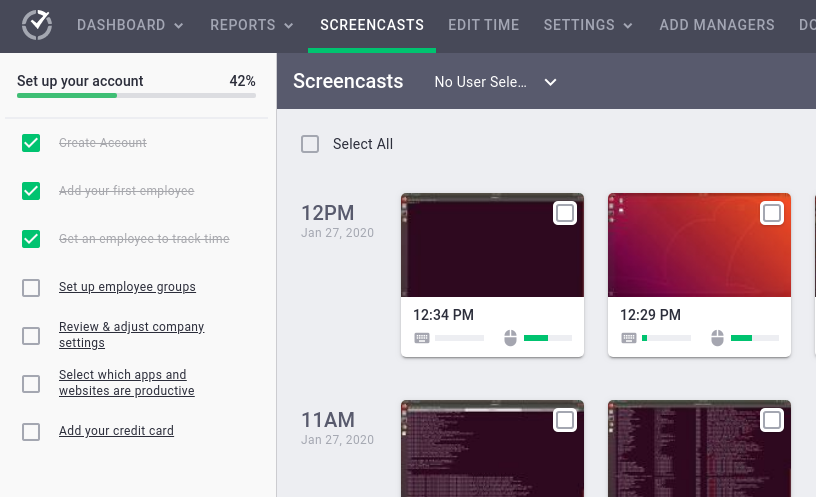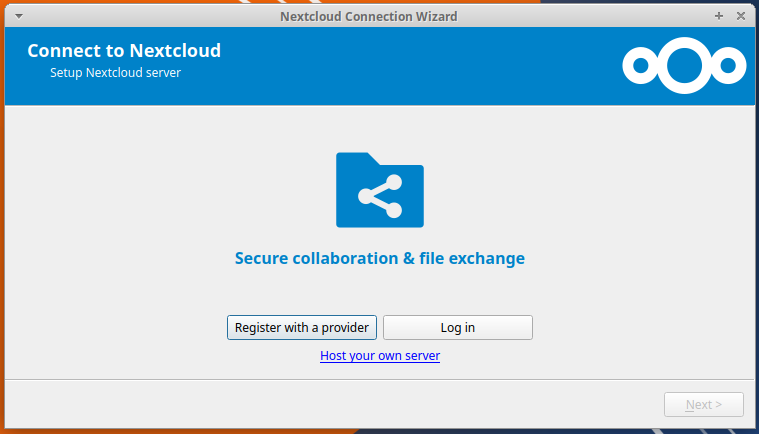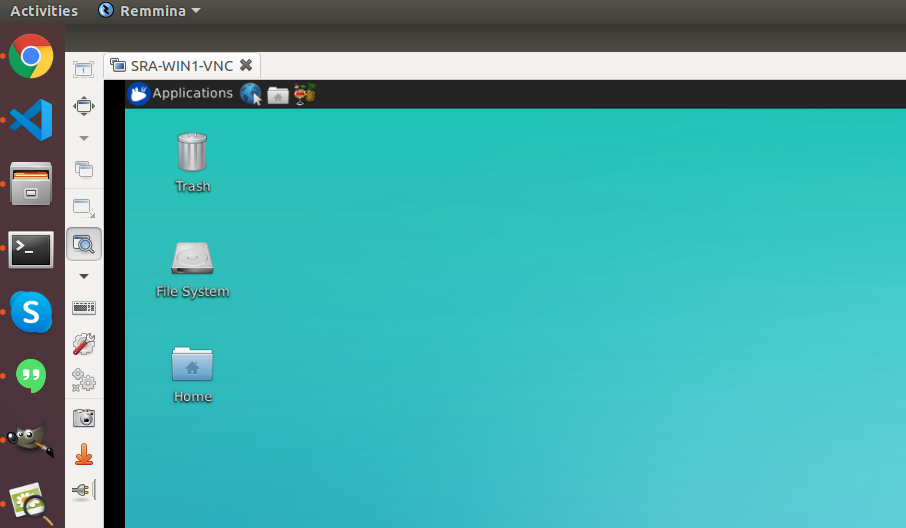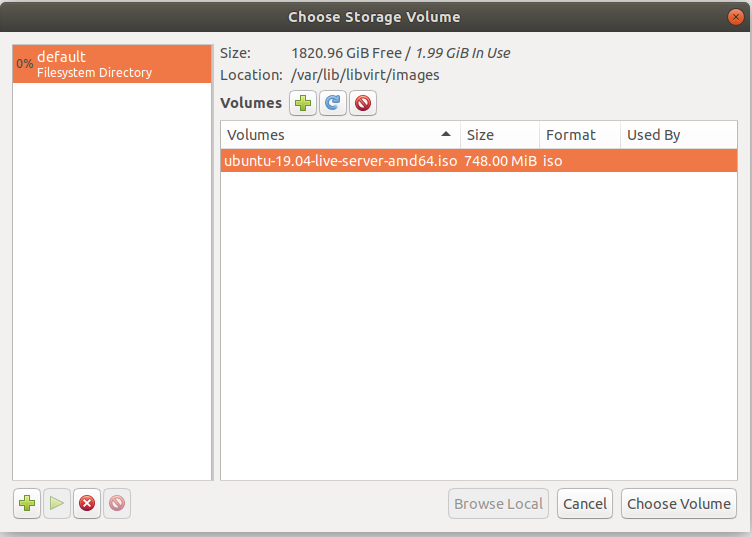kex_exchange_identification: read: Connection reset by peer
When connecting to Ubuntu 20.04 server using SSH from a Mac computer, get an error kex_exchange_identification: read: Connection reset by peer On checking the servers log file (/var/log/auth.log), found the following error message Jul 23 06:53:34 server sshd[24147]: Unable to negotiate with 17.19.44.24 port 47280: no matching key exchange method found. Their offer: diffie-hellman-group14-sha1,diffie-hellman-group-exchange-sha1,diffie-hellman-group1-sha1 [preauth] … Read more





